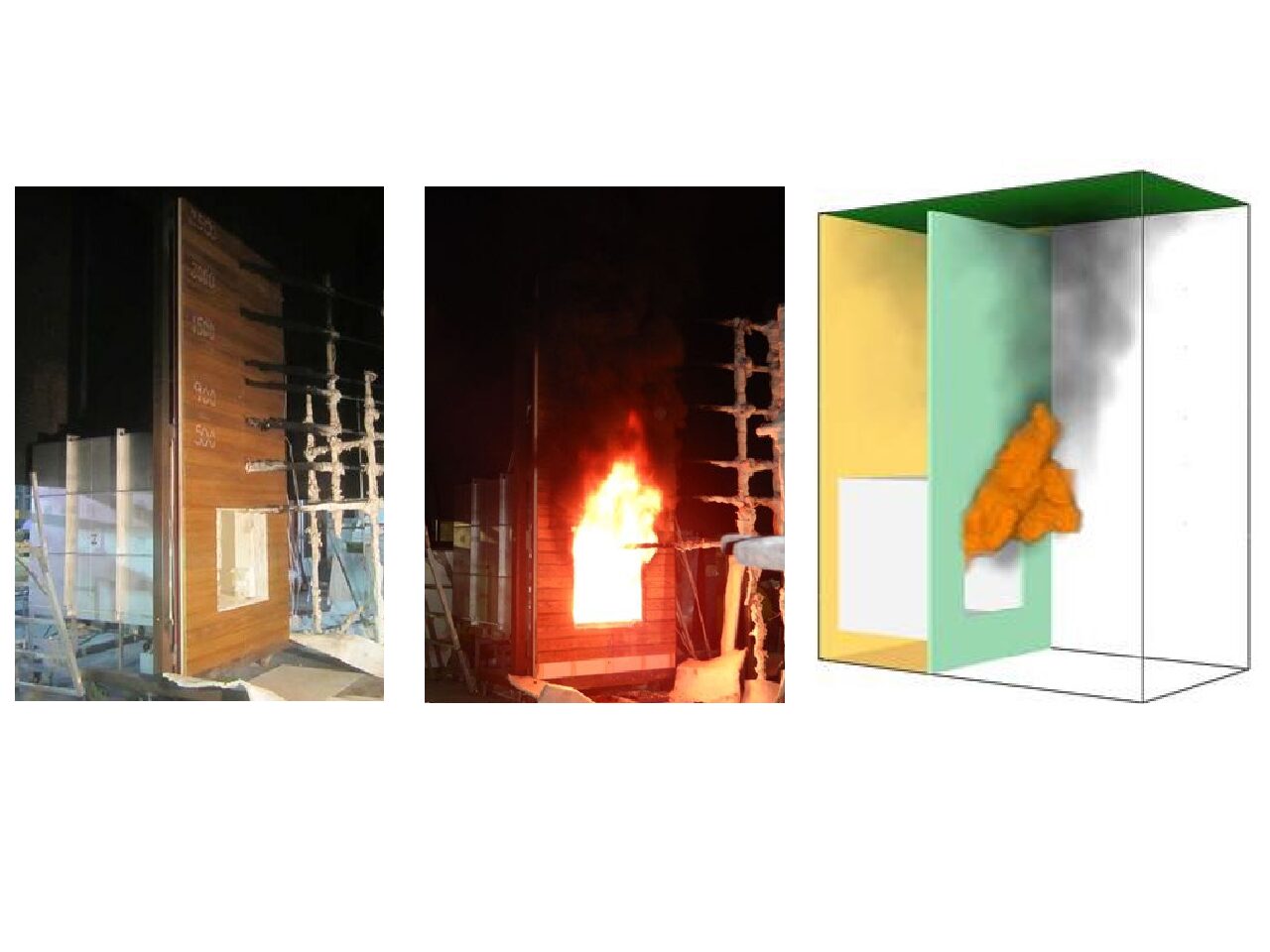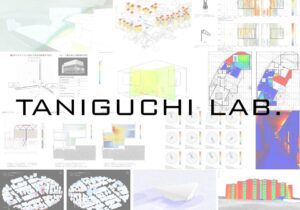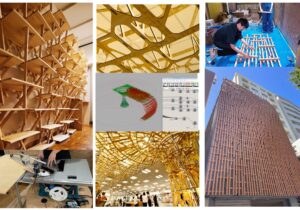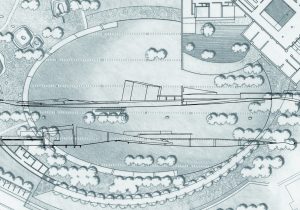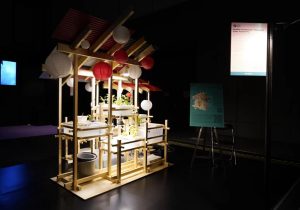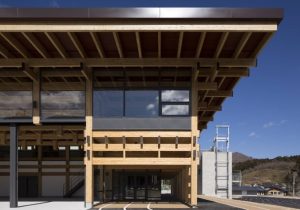塩原研究室 Shiohara Laboratory
地震の被害を正しく予測し必要な対策を取るための合理的判断のもととなる
熟成した信頼性の高い建築構造技術によって我々の命・生活・社会を災害から守る
莫大な社会資本を都市インフラに投資してきた成熟社会において、地震災害から我々の生活・社会を守るため、地震時における建築物の倒壊にいたる非線形挙動の評価、地震動の特性の評価の合理化、部材の設計法の信頼性の向上、地震による建築物の被災調査などを行い、建築物の性能に着目した次世代の性能型耐震設計を普及させるための研究に取り組んでいる。
過去の地震被害の多くが構造部材もしくはそれらの接合部の未知の構造上の弱点によるものか、または未対策の弱点によるものであった。そこで構造部材の未知の弱点の解明とそれに対応した設計法の熟成と検証に取り組んでいる。
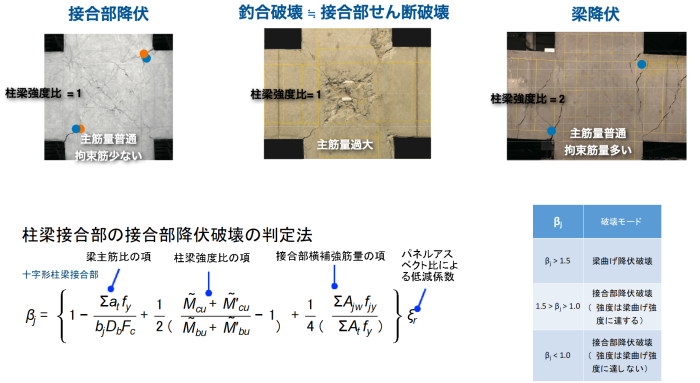
建築物が地震で倒壊に到るまでのシミュレーションに使われる非線形数理モデルを個々の建物に適合させる人の判断の影響を最小化して信頼性を高めるため、部分架構実験のブラインド解析や三次元振動台による実大建物の破壊実験データを用いて数理モデルの改良や適用範囲・適応性の検証を行っている。

建築物の耐震性能は、構造部材、非構造部材や建築設備などの損傷状態に基づいて、復旧時間や復旧経費,地震後の設備の機能保持時間などの一般人でもわかりやすい指標として表わし、それらの数値で耐震性能の設計目標を表し、そのレベルを設計者と建物の所有者が合意する性能型耐震設計について、国際動向の調査と、日本での適用に向けた標準的な評価方法の確立を目指した検討を行っている。

詳細は研究室HP: 塩原・田尻研究室HP
研究主宰者:塩原 等
Protect our lives, livelihoods, and society from disasters through proven and highly reliable building structural technologies based on correct predict of seismic damage and necessary countermeasures
In order to protect our lives and society from earthquake disasters in a mature society that has invested enormous amounts of social capital in urban infrastructure, we are conducting research on evaluating the nonlinear behavior of reinforced concrete building until collapse during earthquakes, rationalizing the evaluation of seismic motion characteristics, improving the reliability of current components design methods, investigating damage to buildings caused by earthquakes, and promoting next-generation performance-based seismic design that focuses on the performance of buildings.
Most of the past seismic damage was due to unknown structural weaknesses in structural components or their joints, or due to unexpected weaknesses. Therefore, we are working on the elucidation of unknown weaknesses of structural components and the maturation and verification of design methods corresponding to the weakness.

In order to minimize the influence of human judgment and improve the reliability of the nonlinear mathematical models when adapting them to various buildings for the simulation of building behavior in earthquake, we are improving the mathematical models and verifying their applicability and adaptability using blind analysis of partial frame experiments and data from the destruction experiments of full-scale buildings conducted by three-dimensional shaking table.

We are working on expressing the seismic performance of buildings by some easy-to-understand numerical index such as restoration time, restoration cost, and functional retention time of equipment after earthquake based on the damage status of structural components, non-structural components, and building equipment. We aim to investigate the international trends and establish a standard evaluation method for application in Japan about performance-type seismic designs in which the designer and the building owner agree on the level of seismic performance design goals using the value index.

For more detail: Shiohara & Tajiri Lab
Principal Investigator: Hitoshi Shiohara
